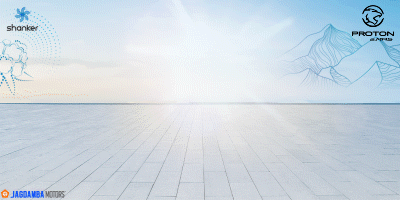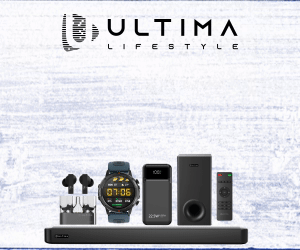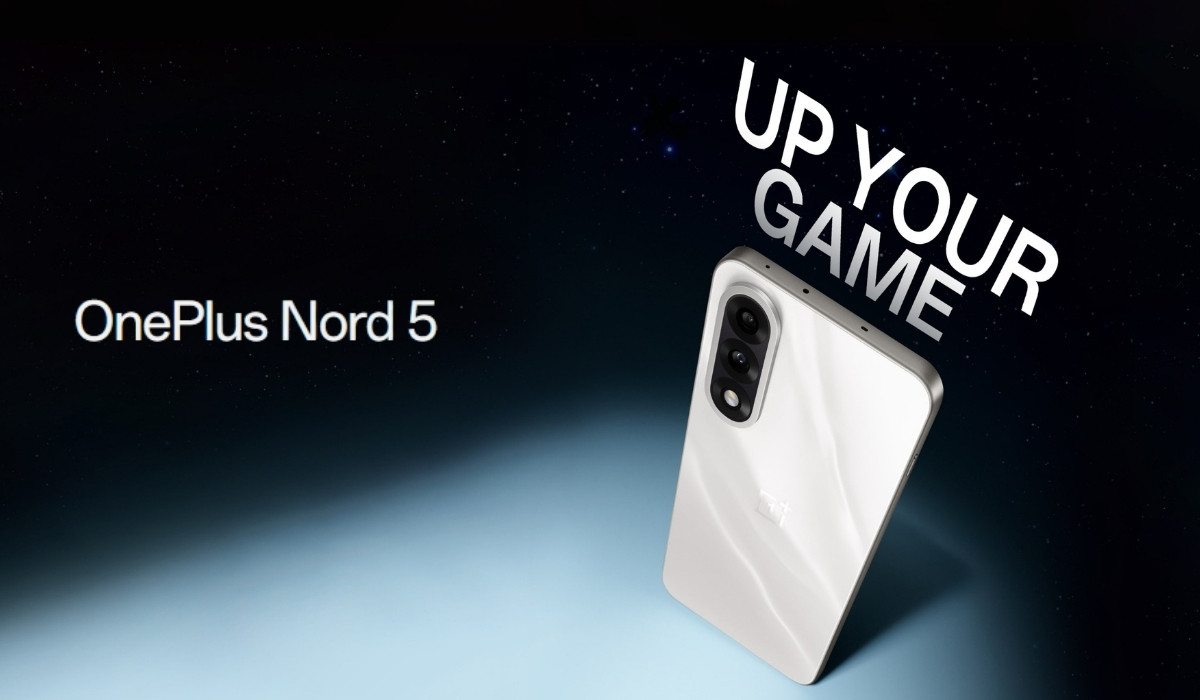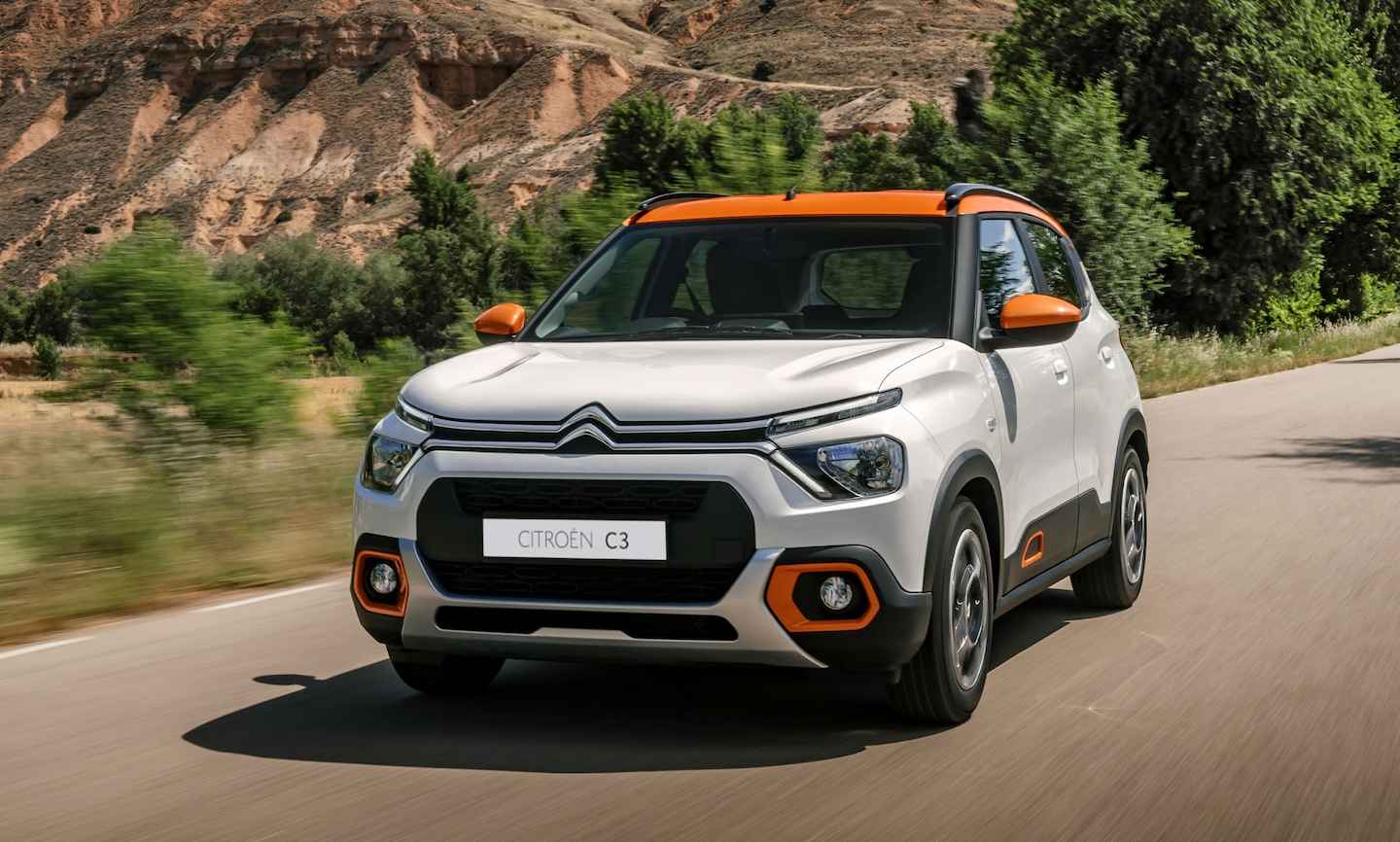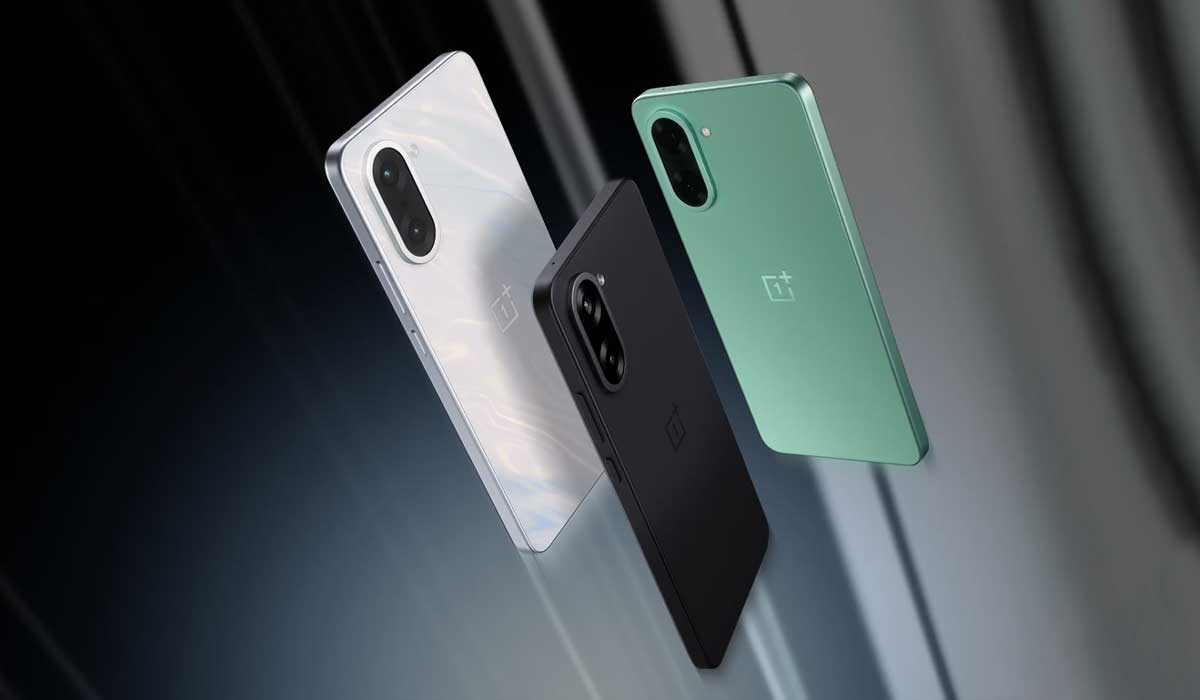Huawei held its first APAC Huawei Developer Day (AHDD) in Singapore on 13th November 2019. In conjunction with over 150 industry partners from the Asia Pacific region, Huawei shared its vision of an open ecosystem in AHDD.
This ecosystem would be an all scenario, seamlessly connected digital living supported by Huawei’s own technology such as Huawei Mobile Services, Huawei Devices, 5G networks, and AI-powered apps.
Along with smartphone shipment, Huawei has seen strong growth in its PC (+214%), Smart Audio (+233%), and Wearable Business (+272%) in the global market.

Following this rise in its global presence, Huawei wants to build an ecosystem based on these devices. President of Huawei Consumer Cloud Service, Zhang Ping’an said “It is time for us to introduce the HUAWEI Ecosystem as we have now evolved to a mature phase after 30 years in the industry”.
Huawei’s 1+8+N Ecosystem
Huawei visions a 1+8+N strategy where smartphone serves as One (1) focal point and Huawei’s ecosystem partners connect across Eight (8) supporting devices to create a fully connected IoT environment consisting of Endless (N) services.
Zhang Ping’an further explained that, Under the Huawei Ecosystem, Huawei Mobile Services is the coordination and management center between devices, apps, and end-users. Furthermore, it will be integrated with Huawei’s 5G network, AI-powered system, and cloud computing solution to establish a seamless AI living.
Continuing on Huawei Mobile Services Footprint
Huawei Mobile Service serves more than 570 million global users in over 170 countries to date. As of 2019 Q3, HMS has achieved 390 million global monthly active users on Huawei AppGallery, with more than 180 billion total app downloads within a year since it started the
global service in 2018.
Currently, there are also over 1.07 million global developers registered with HMS, with more than 50,000 apps already integrated into HMS Core, which helps to create a version of an app that is compatible with all HUAWEI devices.
Some of the HMS’ services available in APAC markets are:
- AppGallery is HUAWEI’s official app distribution platform that covers 170 countries and regions with 390 million Monthly Active Users (MAU) since it started global service in April 2018.
- HUAWEI Browser covers over 200 MAUs. Apps can be integrated with the HUAWEI Ability Gallery feature and provides direct services through the HUAWEI Browser.
- HUAWEI Assistant offers personalized newsfeeds, calendar reminders and more. The app developers can connect their services into HUAWEI Assistant to reach its 160 million MAUs.
- HUAWEI Mobile Cloud is scheduled to be launched in APAC markets starting from Nov 2019, with free 5GB cloud storage.
- Quick App allows users access to the app without downloading it. Currently, there are 2,500 developers who have connected their services into this platform with more than 1,000 quick apps released in the China market. The Quick App IDE is now available to global developers.
Huawei hopes to keep up the momentum of Huawei Mobile Services and make it more accessible and provide more comprehensive services under Huawei Ecosystem.
Chipset-Device-Cloud Synergy
To facilitate the growth of its smart ecosystem, HMS has opened up its chipset-device-cloud abilities to global developers via the HUAWEI Developer website. This platform grants developers full access to developer services including HMS Core, HMS Capabilities, and HMS Connect.
HMS Core is a collection of software development frameworks that enable developers to create a version of the app that is compatible with HUAWEI devices. These kits shorten the app development process at a lower cost.
As announced during the event, a total of 24 HMS Core kits, 55 services, and 997 APIs will be available in APAC markets by 2020. Among the new HMS Core services are Map Kit,
Location Kit, Awareness Kit, Scan Kit, Quick App and more, in response to various development scenarios.
HMS Core also covers value-added functions for user expansion and service monetization. For example, the newly-opened Analytics Kit could generate key data insights into a particular app. From there, the app owner can formulate their application optimization. Covering 150 countries in 40 languages, HUAWEI Map Kit supports real-time road condition monitoring and easy customization of the map.
HUAWEI’s Developer Alliance For Further Growth
A total of USD 1 billion has been invested in the HUAWEI Shining-Star Program to support mobile app developers all around the world. Shining-Star Program 6 will provide training, innovation supports, and marketing resources to apps and services relating to AI, AR/VR, and IoT. Developers who are eligible for the program will receive incentive supports for development innovation, user growth, marketing, and other aspects.
HUAWEI Developer Day (HDD) will be held in different cities across the region. The HDD covers technical workshops, tech-trend analysis, case studies and the latest industry insights to empower developers with HUAWEI’s open capabilities.
Additionally, the DigiX Lab in Singapore is scheduled to be launched in early 2020. This laboratory is equipped with HMS Core, AR, VR, AI, CameraKit, HUAWEI Ability Gallery and other open capabilities for mobile app developers to test their services remotely. There are also student incubation programs such as DigiX Geek Contest, AI internship and campus ambassador to be rolled out under the Shining-Star initiative. The company aims to encourage innovation among young developers to continuously develop the HUAWEI Ecosystem.
Huawei Mobile Services looks committed to strengthening partnerships with the industry players to build a fully-connected future. And support the innovation of mobile app developers and bring high-quality content to their users.
-
CONFIRMED: OnePlus Nord 5 Coming to Nepal — Is OnePlus Back?HIGHLIGHTS The OnePlus Nord 5 price in Nepal could be Rs. 68,999 (8/256GB). It has…
-
Citroen C3 Price Slashed in Nepal — Now Rs. 29.99 LakhsHIGHLIGHTS Citroen C3 price in Nepal is Rs. 29.99 Lakhs. C3 is powered by a…
-
OnePlus Nord CE 5 Launching Soon in Nepal with 7100mAh BatteryHIGHLIGHTS The OnePlus Nord CE 5 price in Nepal could be Rs. 48,999 (8/256GB) The…


